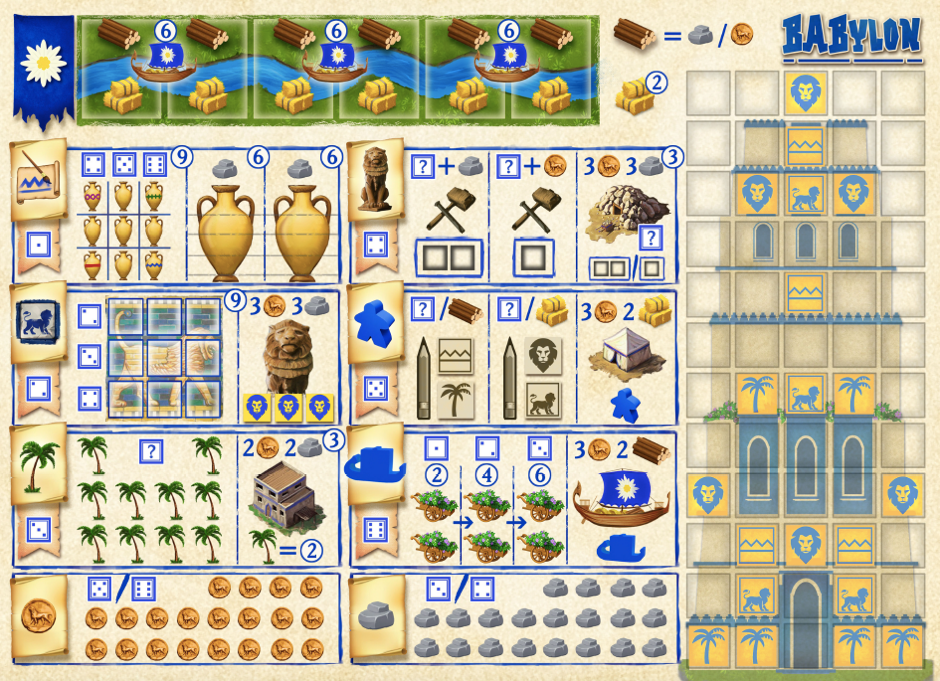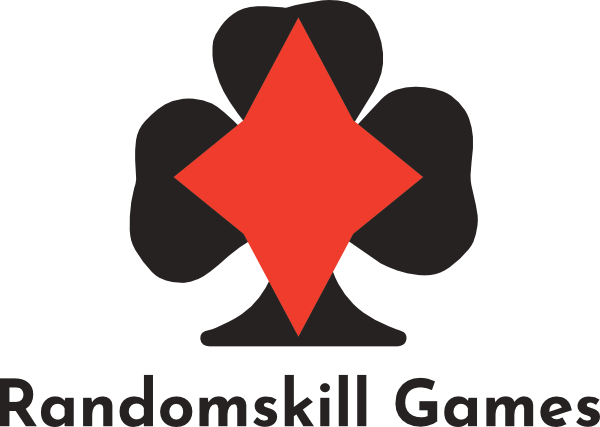In my previous blog entry, I mentioned about spotting trends as a method of finding the path of least resistance to publication and using the “The Hotness” list as a form of a reference to spot a trend.
In this entry, I am going to discuss another method that you might find useful.
The most straightforward and efficient method of identifying a trend is to build a working relationship with licensing agencies like Randomskill Games. Due to the nature of the job (pairing game designs), we have the opportunity to interact with a large number of publishers to know what kind of designs are sought after and what are not for a particular period.
I am going to, again, use the recent roll-and-write “explosion” to illustrate how we go about spotting trends from a statistical standpoint and, perhaps, provide you with statistical proof of a trend that we have spotted within the community’s fascination with roll-and-write.
As you might have already witness the ubiquity of roll-and-writes in our industry, publishers have been trying every trick in their playbooks to ride this wave and maximize their sales from this trend. Having few components inadvertently exposes roll-and-writes to the risk of consumers “home brewing” the entire game either from images that they can find over the internet or from physical copies that their friends may have purchased. This will, in turn, affect publishers’ bottom line and present itself as a form of a risk that requires some sort of an innovative solution to overcome. One way is to “complexify” the game design such that the components required will be more than merely sheets of paper and dice.
The trend, that we have spotted, is that the weightage of games released in the classification of “roll-and-write” will continue to become heavier as the spotlight continues to shine on this category. I have gone through some statistics to back up the formation of such a trend.
Let’s take a look at the average weight of roll-and-writes from the year 2015 onwards:
2015 (1.51)
2016 (1.55)
2017 (1.64)
2018 (1.60)
2019 (1.72)
Evidently, there is a trend of a general increase in the weight of roll-and-writes from 2015 onwards with the exception in 2018 whereby my argument is that more publishers are starting to enter the space in 2018 with basic roll-and-writes as a litmus test for the kind of sales they can generate. This might suggest publishers recognising the fact of the easy reproducibility of roll-and-writes or it might merely be the over-saturation of basic roll-and-writes in our market. Either way, we can benefit from the emergence of this trend.
With the knowledge of the simple components posing an inherent disadvantage, it is probably unwise for you to design another “run of the mill” roll-and-write. Try differentiating yourself by combining and assimilating with another genre, such as worker placement, dexterity, etc. An example can be illustrated with a game design that we have recently signed titled “Babylon”. Babylon mixes the genre of roll-and-write with dice drafting and a spatial mechanism that you see in Patchwork Doodle, another good example of mixing a different genre together with roll-and-write.

Another way is to utilise the writing element of roll-and-writes in your game design while infusing other elements to produce a brand new design that we have yet to see in the market. As evident in the many variations that you currently see in the market, such as flip-and-write, roll-and-draw etc, incorporating the writing element into games can bring about many other benefits while retaining the allure of roll-and-writes in general. One such benefit is the ability to cut cost on the components because having pen and paper is considerably cheaper than many other components that we typically see in a tabletop game. This will help to drive the cost down and appeal to a larger audience.
What other mechanisms have you seen that mashes well with roll-and-writes? I would love to hear from you.
P.S: I have calculated the yearly roll-and-write average weightage from this link. I have excluded those with a weightage of “0”.
Link to the “So you think you can be a board game designer” Series -> Compilation
Babylon is available for download on our Print-and-Play platform for free. If you like the game, buy us coffee at the bottom of the page!







